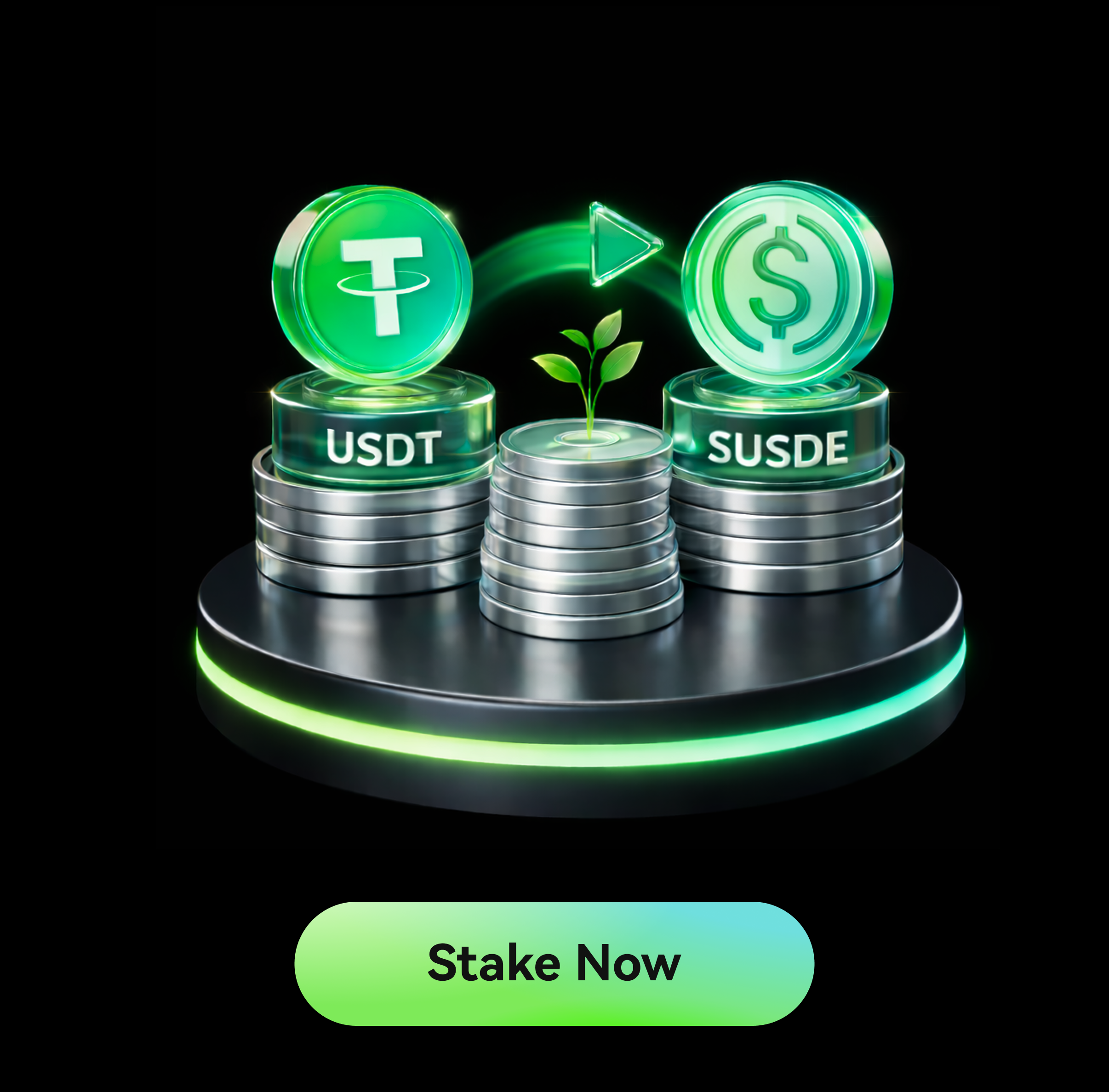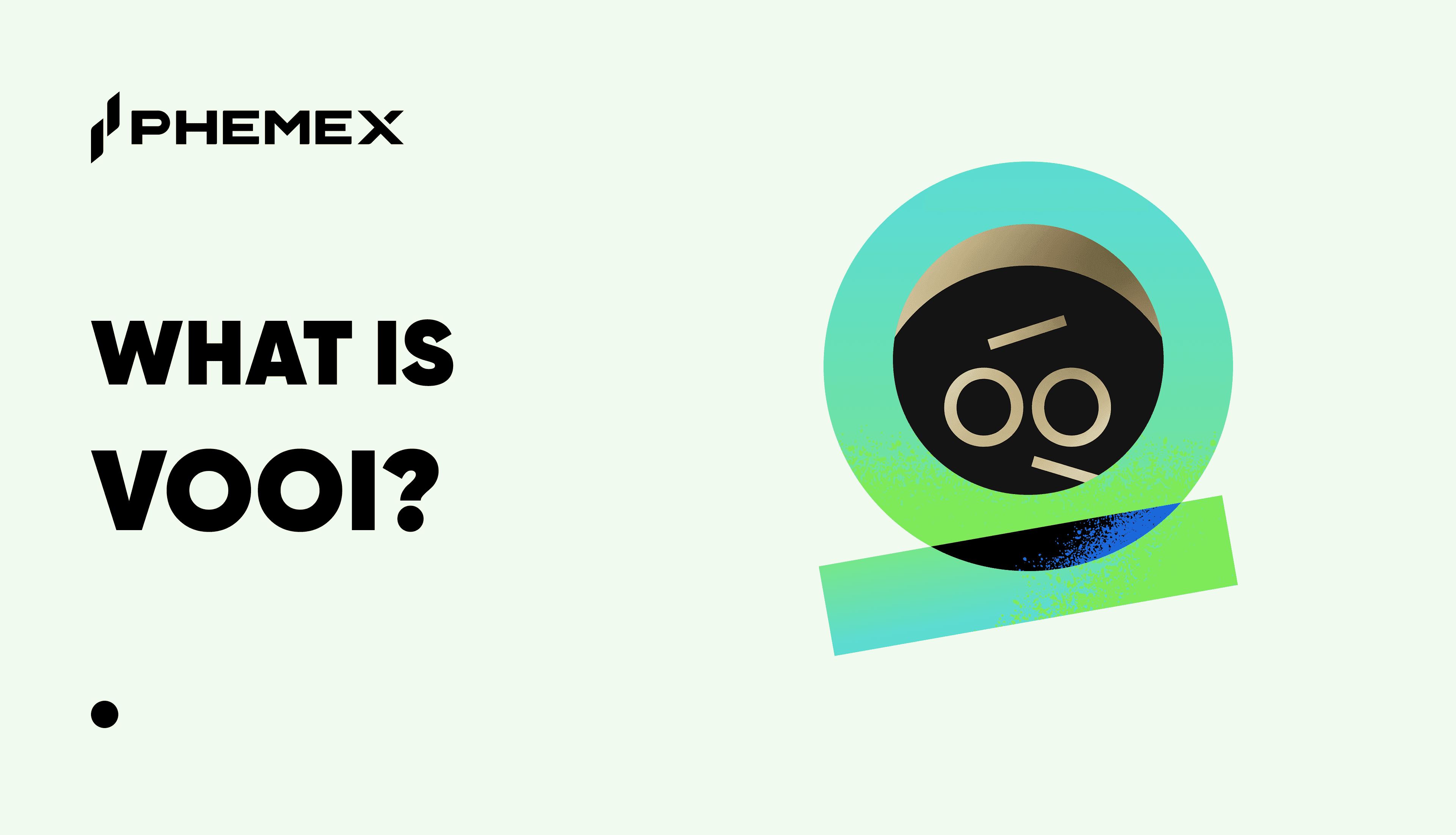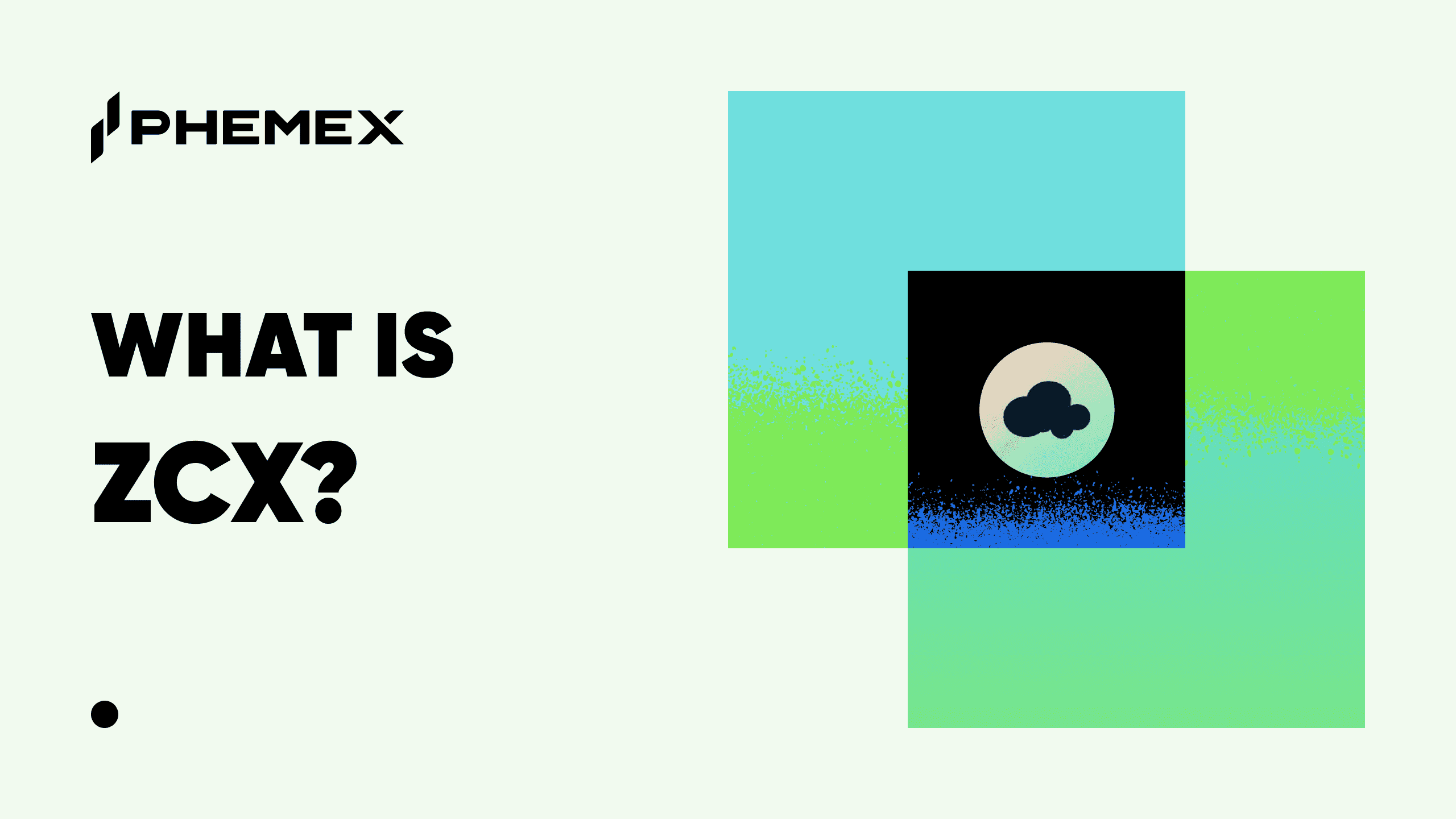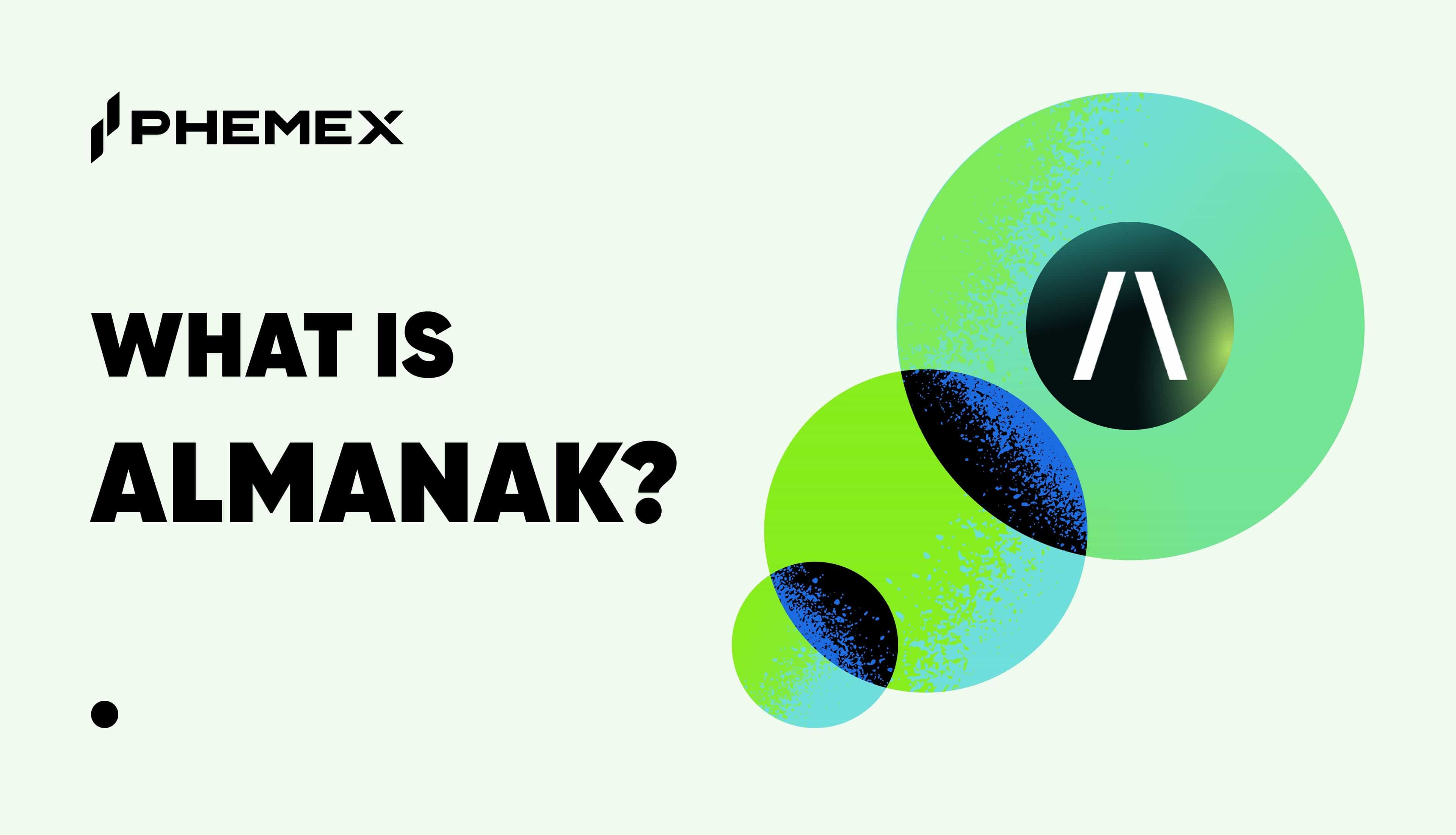Introduction
USDH is Hyperliquid's native stablecoin, designed to enhance the platform's ecosystem by capturing yield from reserves and reducing reliance on external stablecoins like USDC. Issued by Native Markets following a competitive validator vote that concluded on September 15, 2025, USDH is fiat-collateralized and aims to internalize economic value for Hyperliquid users and validators. With Hyperliquid commanding over 70% of the decentralized perpetual futures market, USDH could become a key asset in DeFi, supporting trading, liquidity, and governance. This Phemex Academy guide explores USDH's mechanics, role in Hyperliquid, and market implications.
Summary Box (Quick Facts)
- Token Name: USDH
- Ticker: USDH
- Contract Address: USDH1SM1ojwWUga67PGrgFWUHibbjqMvuMaDkRJTgkX
- Total Supply: 2.38M USDH
- Current Market Cap: $2.37M
- Type: Stablecoin (fiat-collateralized)
- Chain: Hyperliquid (HyperEVM network)
- Issuer: Native Markets
- Backing: Cash and U.S. Treasury equivalents (off-chain via BlackRock, on-chain via Superstate)
- Infrastructure: Managed through Stripe's Bridge platform
- Revenue Sharing: 50% to Hyperliquid Assistance Fund (HYPE buybacks), 50% to ecosystem growth
- Launch Status: Phased rollout starting with testing, spot trading, and full availability
What Is USDH?
USDH is a dollar-pegged stablecoin native to Hyperliquid, a leading decentralized perpetual futures exchange. It was created to address Hyperliquid's heavy dependence on bridged USDC, which currently accounts for about 95% of the platform's $5.6 billion in stablecoin deposits. By launching USDH, Hyperliquid aims to keep reserve yields within its ecosystem rather than benefiting external issuers like Circle. The stablecoin is issued by Native Markets, a team co-founded by Hyperliquid ecosystem participants, after winning a validator vote against established competitors.
Per CoinGecko, USDH is fully backed by cash and U.S. Treasury equivalents, with reserves managed off-chain by BlackRock and on-chain by Superstate, ensuring transparency and compliance.
What Is the Hyperliquid Network?
Hyperliquid is a Layer-1 blockchain focused on decentralized perpetual futures trading, boasting monthly volumes nearing $400 billion and revenues over $100 million. It combines centralized exchange-like performance with DeFi's self-custody features. USDH integrates natively into this network via HyperEVM, serving as a core asset for margin, settlements, and liquidity.
Mission
USDH's mission is to create a "Hyperliquid-first, Hyperliquid-aligned, and compliant" stablecoin that captures reserve yields for ecosystem growth, supports seamless trading, and enhances financial sovereignty by reducing external dependencies.
Why USDH Stands Out
USDH differentiates itself through its ecosystem-aligned revenue model and native integration. Unlike traditional stablecoins where yields flow to issuers, USDH directs 50% of earnings to HYPE token buybacks and 50% to development funds. Its selection via on-chain governance emphasizes community priorities over pure financial bids, setting a precedent for DeFi protocols.
How Many USDH Tokens Are There?
- Total Supply: Uncapped (minted on demand)
- Circulating Supply: To be determined post-launch (phased rollout begins with capped testing)
- Market Cap: N/A (pre-full launch)
- FDV: N/A (stablecoin pegged to $1)
- Price: Targeted at $1 (soft-pegged to USD)
USDH's supply will grow based on user minting and adoption, with initial caps during testing to ensure stability.
What Does USDH Do?
USDH functions as Hyperliquid's primary stable asset, with key utilities including:
- Trading and Margin: Serves as collateral for perpetual futures and spot markets on Hyperliquid.
- Liquidity Provision: Enables deeper pools and reduced slippage in DeFi applications.
- Yield Capture: Generates revenue from reserves, with splits funding HYPE buybacks and ecosystem incentives.
- Fiat Ramps: Supports minting/redemption via Stripe's Bridge for seamless on/off-ramps.
These features make USDH essential for traders seeking low-risk, high-utility stablecoin exposure within Hyperliquid.
USDH vs. USDC
| Feature | USDH | USDC |
|---|---|---|
| Issuer | Native Markets (ecosystem-aligned) | Circle (centralized) |
| Backing | Cash & U.S. Treasuries (BlackRock/Superstate) | Cash & U.S. Treasuries |
| Revenue Model | 50/50 split to ecosystem/HYPE buybacks | 100% to issuer (Circle) |
| Chain Integration | Native to Hyperliquid HyperEVM | Bridged or native via CCTP |
| Yield Distribution | Ecosystem-focused (buybacks & growth) | None for users/ecosystem |
| Regulatory Focus | GENIUS Act-compliant via Bridge | Regulated with audits |
| Adoption Risks | New; phased rollout | Established; $5.6B on Hyperliquid |
What Sets USDH Apart
USDH's ecosystem revenue sharing and native design provide a competitive edge over USDC, potentially reclaiming $150–220 million in annual yields for Hyperliquid. Its validator-selected issuance prioritizes alignment, though it faces migration challenges from established stablecoins.
The Technology Behind USDH
USDH leverages a hybrid model combining traditional finance infrastructure with blockchain tech. Reserves are tokenized via Stripe's Bridge, enabling compliant minting/redemption. On-chain transparency is ensured through Superstate, while off-chain custody by BlackRock adds institutional security.
Core Features
- Fiat-Collateralized Backing: Fully reserved with cash equivalents for 1:1 redeemability.
- Phased Rollout: Starts with capped testing (~$800/transaction), followed by USDH/USDC spot pairs and uncapped access.
- Compliance Tools: Aligns with U.S. GENIUS Act for regulatory safety.
- Ecosystem Integration: Native to HyperEVM, supporting perps, spots, and future DeFi expansions.
Per CoinGecko, this setup allows USDH to compete with incumbents while minimizing centralization risks.
Team & Origins
Native Markets, the issuer of USDH, was co-founded by Max Fiege (early Hyperliquid investor), Anish Agnihotri (blockchain researcher), and MC Lader (former Uniswap Labs COO). The project originated from Hyperliquid's September 5, 2025, call for proposals, aiming to internalize stablecoin value. Native Markets won despite lower revenue shares, highlighting ecosystem trust.
Key News & Events
- September 5, 2025: Hyperliquid announces USDH proposal process.
- September 11–15, 2025: Validator vote selects Native Markets over Paxos, Frax, and others.
- Post-Vote: Phased launch begins "within days," starting with testing.
The vote sparked a HYPE token rally, peaking at $57.30 amid bidding excitement.
Is USDH a Good Investment?
As a stablecoin pegged to $1, USDH isn't designed for speculative gains but for stability and utility. Its potential lies in ecosystem adoption: with Hyperliquid's $5.6 billion in USDC deposits, successful migration could generate significant yields for HYPE holders via buybacks.
- Market Context: Rising DeFi volumes favor native stablecoins; Hyperliquid's 70% perp market share supports growth.
- Technical Progress: Bridge integration ensures compliance and scalability.
- Adoption: Early liquidity incentives could drive uptake, but competition from USDC remains.
- Risks: Regulatory changes, execution delays, or low migration could impact peg stability.
- Considerations: Focus on holding for yield exposure rather than price appreciation.
Research thoroughly; outcomes depend on market dynamics and Hyperliquid's evolution.
FAQ
- What is USDH?
Hyperliquid's native stablecoin, issued by Native Markets and backed by U.S. Treasuries. - How does USDH differ from USDC?
USDH shares yields with the ecosystem, while USDC benefits its issuer exclusively. - Is USDH safe?
It's fiat-collateralized with audits and compliance, but as a new asset, monitor peg stability. - How can I get USDH?
Through minting on Hyperliquid post-launch, with fiat ramps via Bridge. - What happens to USDC on Hyperliquid?
It remains supported, but USDH aims for gradual replacement. - Why did Native Markets win?
Validators prioritized ecosystem alignment over higher revenue bids.
Conclusion
USDH represents Hyperliquid's strategic move toward economic independence, offering a compliant, yield-capturing stablecoin for DeFi trading. With Native Markets at the helm, it could redefine value flow in perpetuals markets. While promising for ecosystem growth, monitor rollout risks and adoption. Stay updated as USDH evolves in the competitive stablecoin landscape. Learn more at Phemex Academy.








